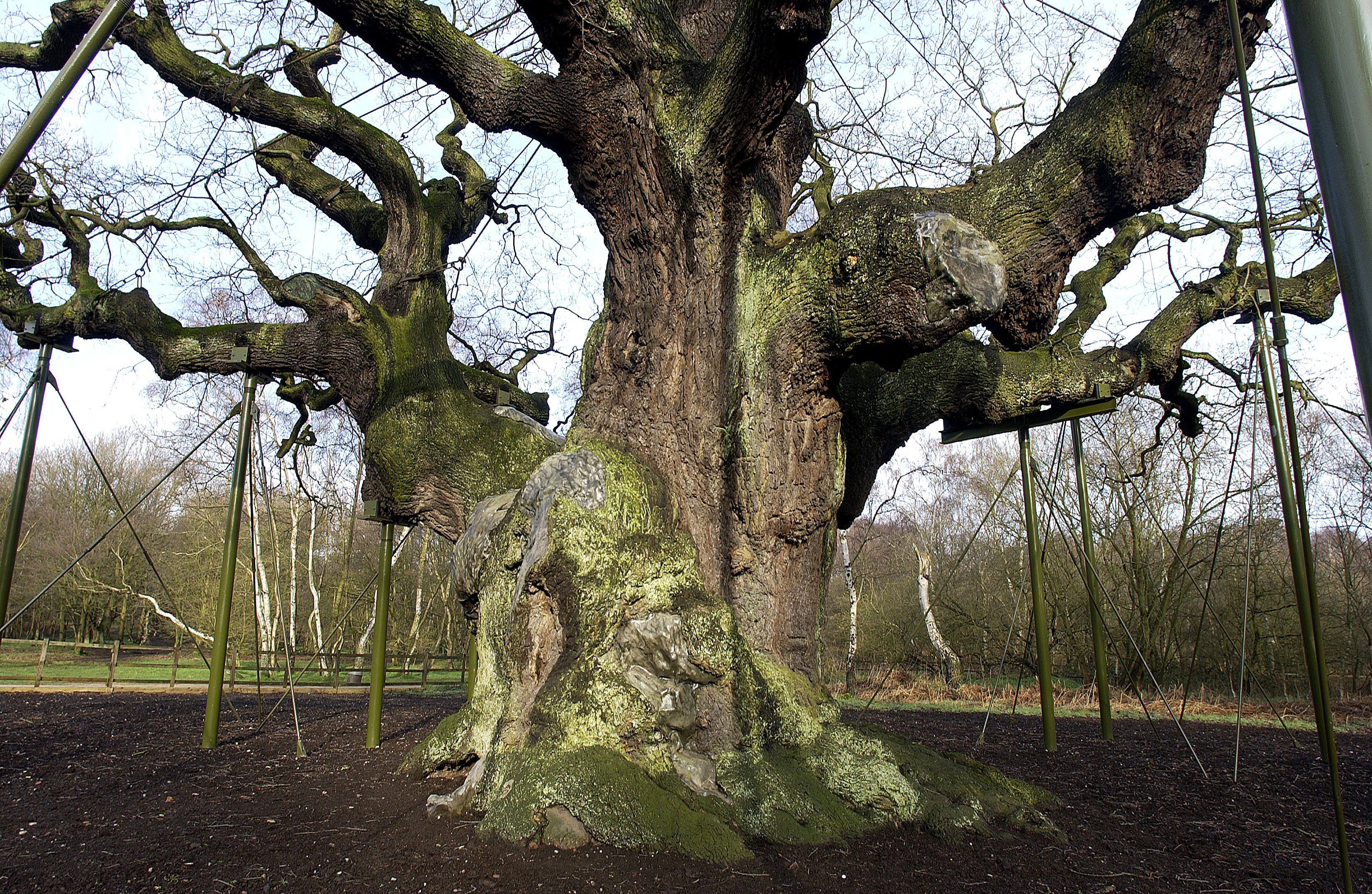Alder
Alder includes our native alder (Alnus glutinosa). All alder will be ancient from 150 years onwards.

Ancient alder. (Photo: David Alderman)
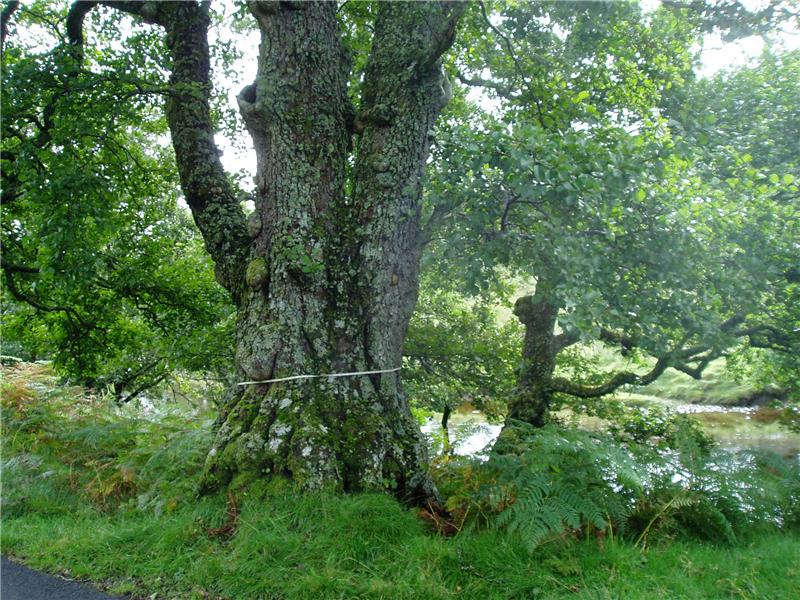
Veteran alder. (Photo: David Alderman)
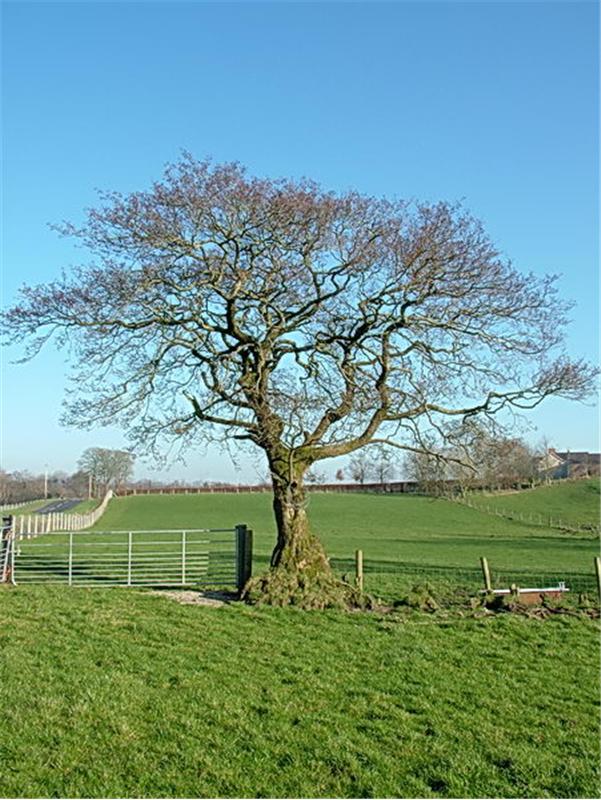
Notable alder. (Photo: David Alderman)
Distribution
Throughout the UK, mostly river valleys and wetlands.
Typical location
Riverbanks, water meadows, wet boggy woodland (alder carr) and upland areas.
Age
Alder may be able to live for 200 years, although 150 or less may be more typical on many lowland sites. The age of some upland alder may be more than 200.
All alder will be ancient from 150 years onwards, although many will have ancient characteristics from around 125 years.
Typically a veteran alder will be 75-125 years of age and a notable alder may be 50-100 years old.
Size
Alder can grow up to 4m plus in girth.
Record all alder more than 2.5m.
Consider recording all alder with any ancient characteristics more than 2m in girth.
It’s important to rely on characteristics rather than size, which is an unreliable indication of age. Most ancient alder will be greater than 2.5m in girth but many alder within woodland, or if historically managed as a pollard, may be no more than 2m in girth.
Ancient characteristics
- Major trunk cavities or progressive hollowing
- Decay holes
- Physical damage to trunk
- Bark loss
- Large quantities of dead wood in the canopy
- Crevices in the bark, under branches or on the root plate, sheltered from direct rainfall
- Fungal fruiting bodies (from heart rotting species)
- A high number of interdependent wildlife species
- Epiphytic plants
In addition the tree may have:
- A pollard form or show indications of past management
- Cultural or historic value
- A prominent position in the landscape
- A number of stems arising from an old coppice stool
- A cuckoo tree, such as rowan growing out of it if in an upland area
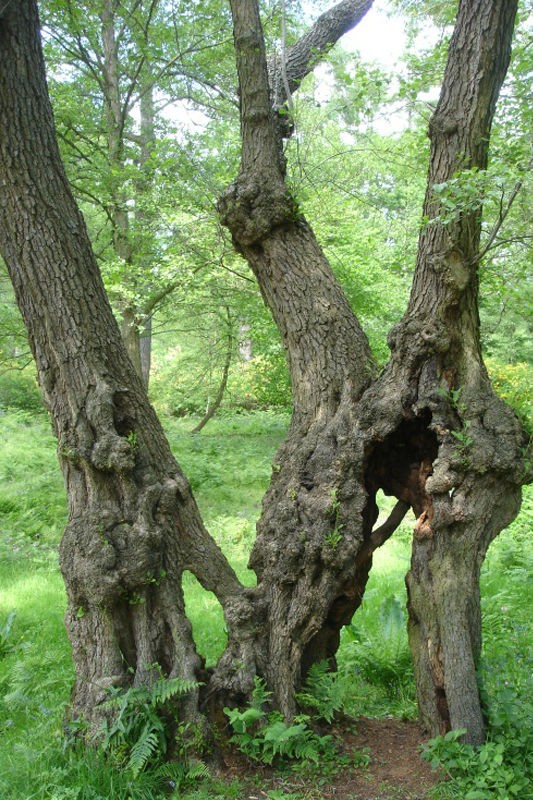
You may find a number of stems arising from an old coppice stool. (Photo: David Alderman)
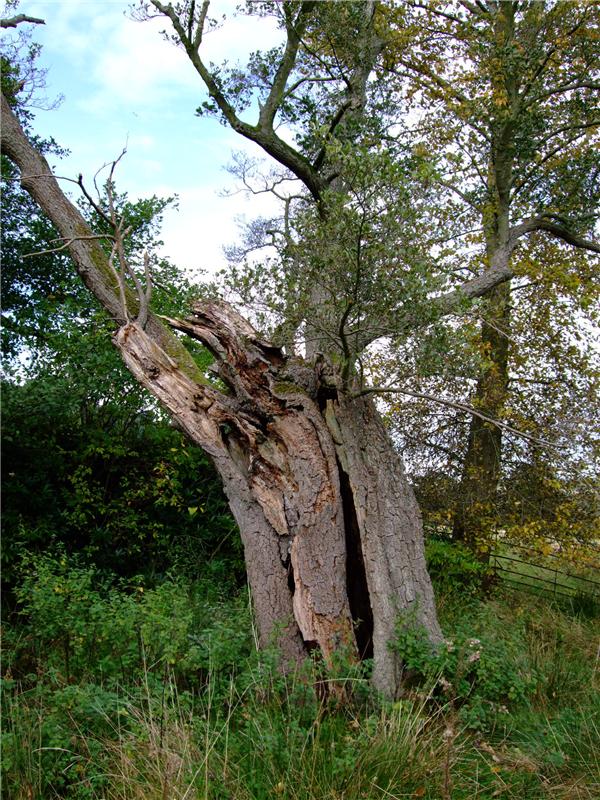
Look for hollowing and cavities in the trunk. (Photo: David Alderman)
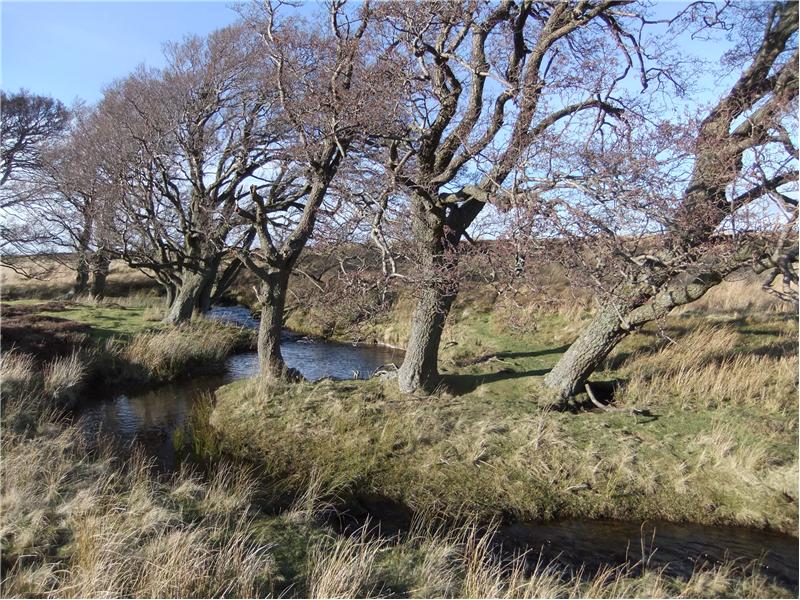
These notable alder are growing in a wet, boggy upland area. (Photo: David Alderman)

Look for cuckoo trees (other trees growing out of it) especially in upland areas. (Photo: Niall Benvie/WTML)
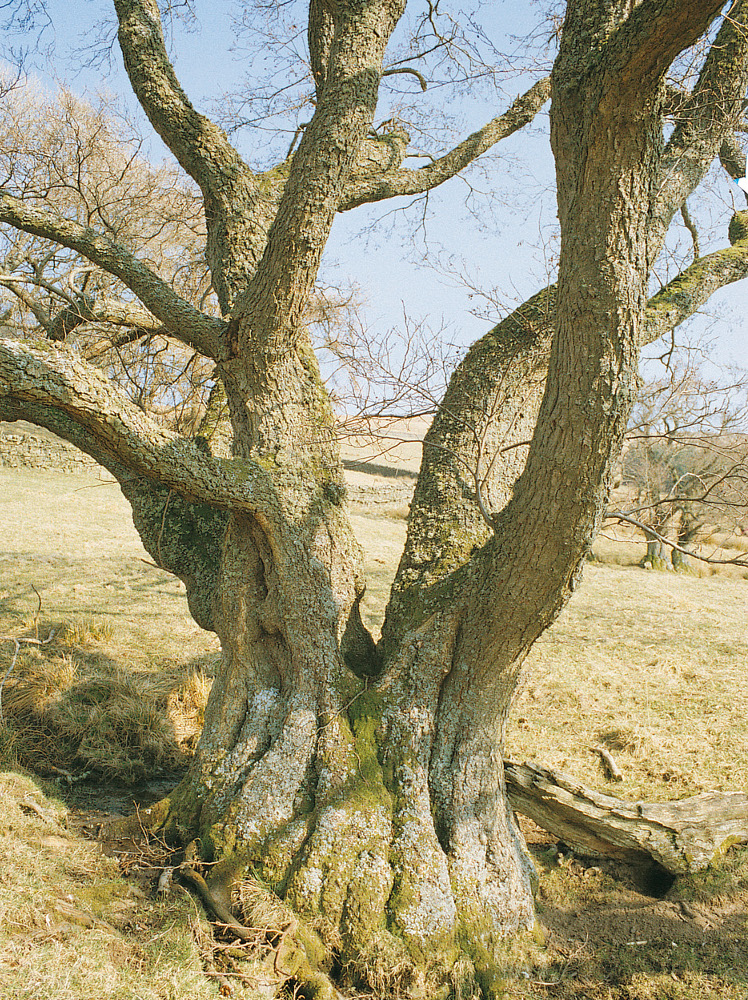
There may be indications of past management. (Photo: Ted Green/WTPL)
